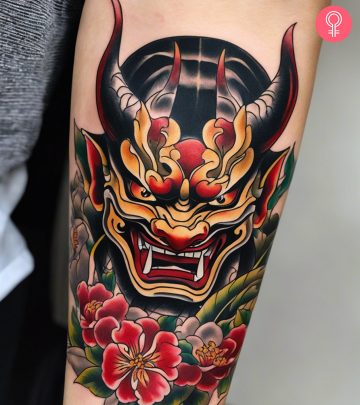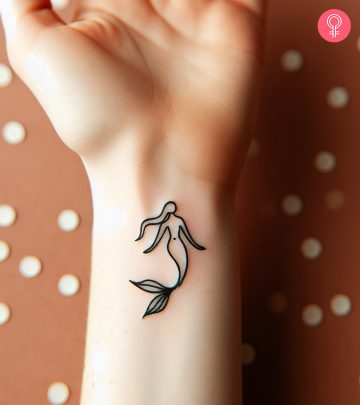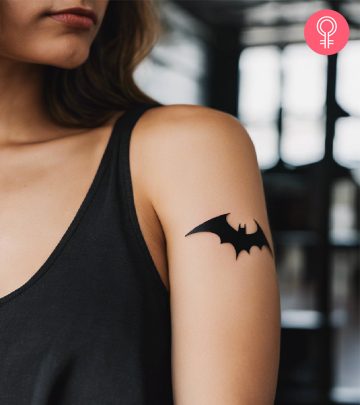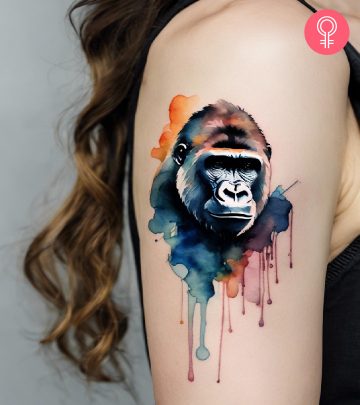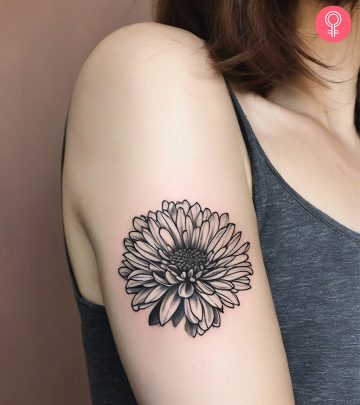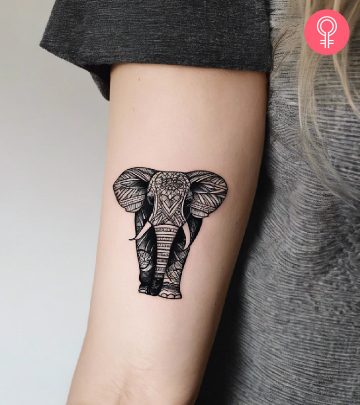Japan Has A 66% Lower Breast Cancer Rate Than The U.S. – This Is The Nutrient Missing From Our Diet!
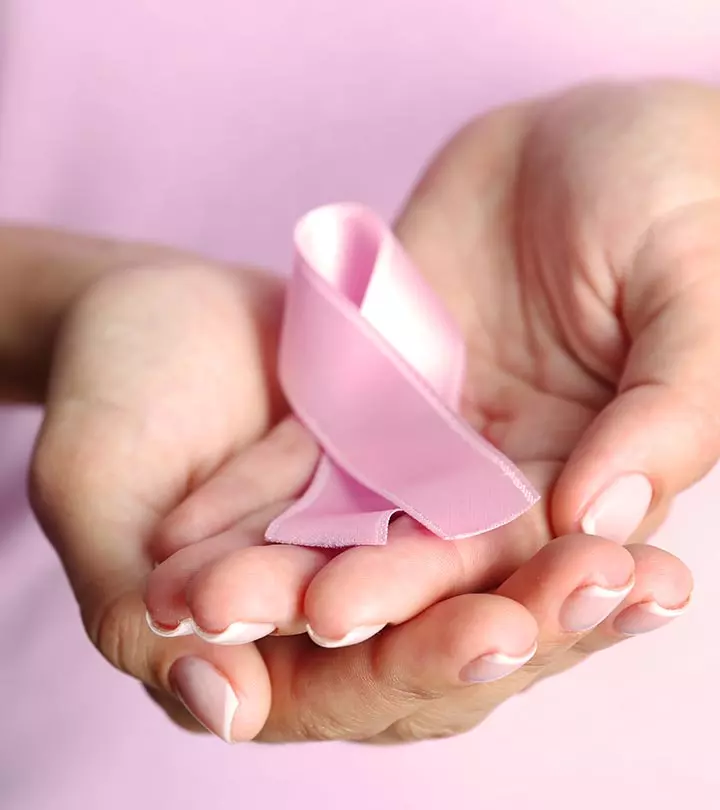
Image: Shutterstock
Every day the medical world attains rising evidence of the link between our diet and cancer. We all know that food is essential to our survival. After all, the right kinds of foods, in the right amounts, can help fuel our cells and nourish our body. But did you know that the presence of specific foods in the diet could actually help prevent our biggest nemesis – cancer?
This isn’t some New Age mumbo-jumbo built on imagination and whim. Oh no. This is actual science. And the ingredient of the hour happens to be none other than – wait for it – iodine! If you ever wondered how scientists came across this startling discovery, well, it’s an interesting story.
Japan has an astonishingly lower overall breast cancer rate as compared to the United States of America. To say this intrigued the researchers in the U.S. would be a gross understatement. This discrepancy triggered a storm of hypotheses! Scientists meticulously examined variations in the environment, genetics, and lifestyles of the two separate nations, in a bid to answer one pressing question – what was the U.S doing wrong?
Eventually, they found their answer. The discrepancy lay in the diet, or more specifically, in iodine consumption differences. Which does beg the question – what role does iodine play in the prevention of breast cancer?
Well, read on to find out!
In This Article
The Relationship Between Iodine And Breast Cancer
Iodine happens to be an essential mineral that our body cannot make by itself. Although we only require it in small amounts, iodine is a crucial constituent of thyroid hormones. In case you weren’t aware, thyroid hormones maintain our body’s metabolic state and help promote normal development and growth in children.
But, despite what most people believe, iodine necessity isn’t exclusive to our thyroid. In actuality, our entire body needs this essential nutrient. Experts describe this need for iodine like a car’s need for oil – it’s essential for the optimum functioning of the entire system.
Hence, now that we’ve debunked your iodine-sorely-needed-by-thyroid notions, let’s talk about iodine and breast health. Fun fact: Female breast tissue stores a greater concentration of iodine than the thyroid! Surprised? We sure were. Knowing this, it shouldn’t really boggle your mind to hear that all that iodine happens to reside there for a reason.
Breast tissue has a special need for iodine. Granted, we previously established that every cell, tissue, and organ in our body share a demand for iodine. However, this is doubly the case for female breast tissue. A woman’s breasts contain the same iodine-transporting proteins that can be found in the thyroid gland (1), (2).
In normal, healthy breasts iodine provides us with antioxidant benefits (3). Which is why, inversely, an iodine deficiency in breasts can make it susceptible to ‘lipid oxidation’, a process that helps contribute to several notable diseases, one of which being cancer (4), (5), (6).
Additionally, when the female body suffers a decline in iodine levels, it triggers the ovaries to start producing more estrogen. In the scientific world, it is a widely established fact that a higher level of circulating estrogen increases your risk for breast cancer (7).
Japan Vs. USA – A Difference In Breast Cancer Rates
In case you missed the title, Japan happens to have a 66% lower breast cancer rate as compared to U.S. The U.S Dietary Reference Intake recommends an iodine consumption of 150 micrograms per day for the average adult and 290 micrograms for a pregnant woman. However, in Japan, women are consuming a whopping 25 times more! Based on food surveys, dietary records and urine iodine analysis, the Japanese iodine intake is close to 3 to 13 milligrams per day (8).
The difference is also attributed to the Western dietary preferences. Ever since the 1920s, when the government mandated the presence of iodine in salt in order to prevent goitre, most Americans received this essential mineral from salt. However, in recent times, due to diet fads and knowledge of ‘fluid retention,’ Western women have begun to shun salt – thereby drastically reducing iodine consumption. In fact, the rate of iodine deficiency in the U.S. has quadrupled since the 1970s.
References
Articles on StyleCraze are backed by verified information from peer-reviewed and academic research papers, reputed organizations, research institutions, and medical associations to ensure accuracy and relevance. Read our editorial policy to learn more.
If you feel as though you aren’t getting enough iodine, worry not; Nature’s bounty is always here to the rescue! Try incorporating more iodine-rich foods in your diet such as seafood (lobster, tuna, salmon, shrimp), unpeeled potatoes, cranberries, eggs and navy beans.
Nevertheless, the best dietary source of iodine overall is none other than the South East Asian favorite – seaweed. This flavorsome, green algae is an essential ingredient in most Japanese dishes and also in certain medicines. Dried seaweed contains ten times more iodine than other foods!
Breast cancer can be scary but arming yourself with knowledge – and apparently, iodine – can help increase your chances of preventing a confrontation with this insidious enemy. That being said, always consult your doctor before starting a new regime.
Stay healthy!





